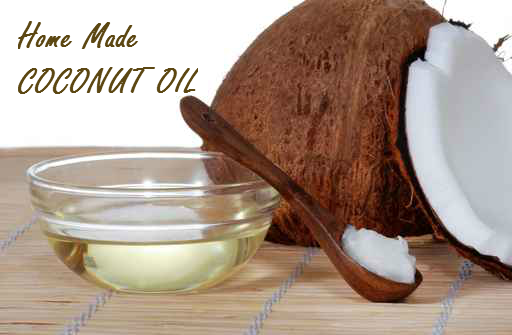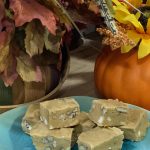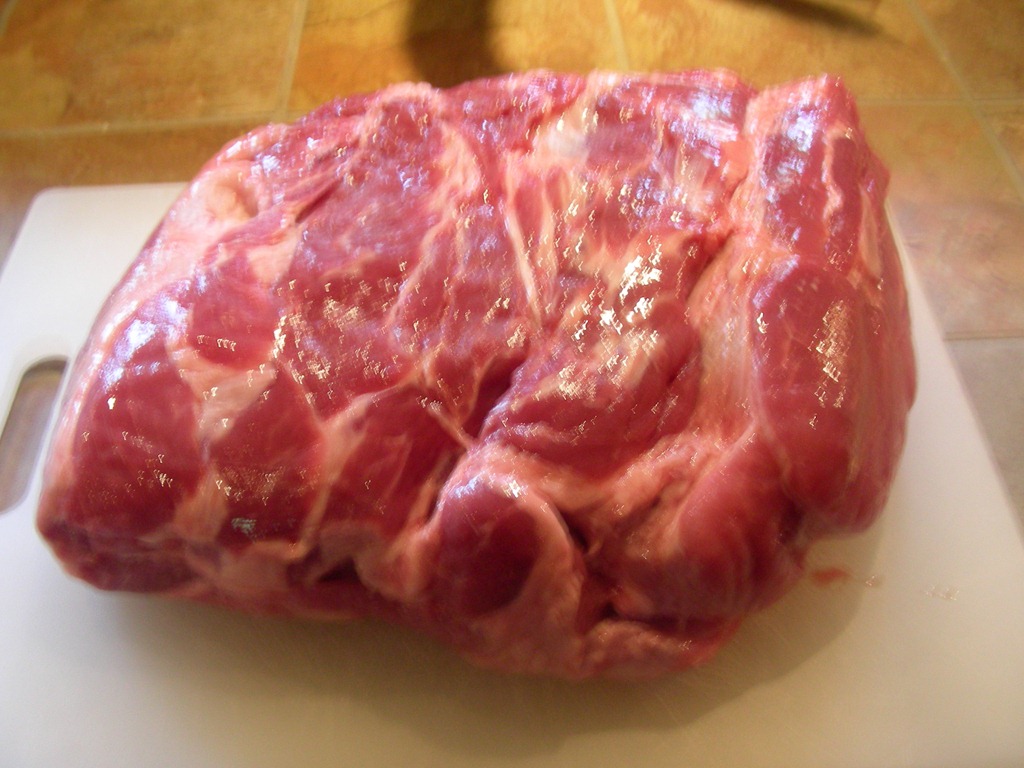
I am sure you have all seen the reports lately of how great coconut oil is for you. It is even claimed to be one of the top super foods. Dr. Oz has touted the rewards of coconut oil and a recent report on naturallivingideas.com that the top 10 things coconut oil can do for your body are:
- Increased Energy
- Fight Infection
- Normalize Brain Function
- Decrease Hunger<
- Weight Loss
- Reduce Risk of Heart Disease
- Skin Health / Anti-Aging
- Hair Health
- Better Nutrient Absorption
- Stabilize Thyroid and Blood-sugar
There are many uses of coconut oil and many ways to incorporate it into your diet. Since it is a stable cooking oil, one can simply replace unhealthy oils in their diet with coconut oil. Since it is a solid most of the time at room temperature or when refrigerated, it can be a butter or margarine substitute for spreads or for baking. Any recipe calling for butter, margarine, or any other oil can be substituted for coconut oil. It is popularly mixed in with “smoothies.” Many people do eat it simply by the spoon full. If you refrigerate or freeze Virgin Coconut Oils the taste changes completely, and some describe it like a “candy” or “white chocolate.” Some people fill up ice cube trays with coconut oil and then store them in the freezer. Some people use it as a spread, and a lot of people put it into their coffee or tea. It is amazingly versatile.
Coconut oil is a lot easier to find these days. Even your local grocer should stock it. If not, ask them too.
Today though I decided to show you all how to make coconut oil yourself. After all, now living in Ft. Lauderdale, I have coconuts all around me. I literally have the falling in my yard from the trees the neighbors have. You can not walk down the street without seeing coconut trees exploding with coconuts everywhere. The tree below is beside my house. See all those coconuts just waiting to fall on my head when I am outside working?


Now I am going to instruct you on how to make coconut oil from a fresh coconut but you can just as easily do the same thing with store bought shredded (NOT SWEETENED) coconut.
You will need 5-10 coconuts.
Crack each coconut with the back of a meat cleaver (or hammer) going in a circular motion around the coconut until it cracks. I like to do this over a large bowl to collect the coconut water as it escapes once opened.
Now carefully pull the coconut apart. Using a flat headed screw driver, ply the white meat out of the coconut by sliding it up and between the shell and the meat.
Once you have cleaned the meat out of all your coconuts use a sharp knife and cut into 1 inch pieces. They need to be small because we are going to process them in a blender.
Place enough coconut chunks into a blender to fill it about half full. (this is where you can start if you are using store bought unsweetened shredded coconut) Fill with enough water to just cover the coconut chunks and process in blender till you get a nice pasty consistency. You will probably be adding more coconut to the mixture to get to the pastiness part. Empty the mixture into a large mesh metal strainer or strainer lined with cheese cloth to drain off the liquid. You can also use your hands to help squeeze out all the liquid from the coconut meat.
(You can use all this dry coconut meat to cook with. It is good in cookies and other recipes as well as being dried/dehydrated and processes in a food processor to make coconut flour. But that is a whole other article that I hope to bring to you soon.)
At this point you have coconut milk in your bowl and is very good to use in recipes. You could stop at this point if that is what your are working on and not wanting the actual oil. Many people confuse this coconut “milk” with coconut “water”. The coconut water is what came out of the fresh coconut. Milk is obtained by the process you just completed.
Continue to process the coconut chunks as you did above until all is used.
There are a couple different ways you can go at this point. I listed the two most popular below. I like to use method 2 because I find the coconut oil tastes fresher and “uncooked”. Plus I get coconut cream in addition to the oil. But you can decide which works best for you.
(Method 1) Place this coconut milk in a covered container and put in the refrigerator overnight to allow it to settle. In the morning you will see a layer of solid on top of water. Carefully spoon off and transfer all the solids to a stainless steel pot and heat over medium heat to a boil. Reduce to a medium heat and continue to cook. You will start to see the solids separating from the oil in small chunks. Lower heat and continue to cook till the solids are a light brown. Watch carefully because you do not want them to burn.
Once the solids have browned you will remove from heat. Using a metal mesh strainer over a Pyrex or other heat proof glass bowl (don’t use a plastic measuring cup. You will be sorry when it melts) strain the oils off of the solids. I find that I get about 1 cup of coconut oil from 6 regular sized coconuts.
(Method 2) Place the coconut milk in a stainless steel pot and bring to a slow boil over medium heat. You will see the coconut “cream” start rising to the top as it boils. Carefully ladle this off slowly as it forms. Again, this is coconut “cream” and it too is good to use in recipes. I like it especially in mixed drinks like Pina Coladas. So do not through it away. Keep it for up to a week covered in the refrigerator.
Once it has stopped producing cream that floats to the top you will continue as in Method 1 and remove from heat. Lower heat and continue to cook till the solids are a light brown. Watch carefully because you do not want them to burn. You can either use use the method of straining or you can tilt the pan and using a large spoon, ladle the liquid ( your coconut oil) into a Pyrex or other glass heatproof container as we did in Method 1. Once it is all removed you can discard the solids and you now have your coconut oil.
You will notice that coconut oil is a solid at room temperature, so as it cools you will want to place in the storage container of your choice. I like to use a mason jar for the whole cooling process so I can just lid it up and use from the jar. Coconut oil does not need to be kept in the refrigerator. In many tropical climates, where the air temperature is much higher than North America, people traditionally have not refrigerated coconut oil. Virgin Coconut oil is very stable since it is unrefined and mostly saturated. Most expiration dates on store bought Coconut Oils are for two years. I do recommend you store the oil out of direct sunlight. In the tropics coconut oil is almost always a liquid, since it’s melting point is about 76 degrees F. but here in the states it will usually be a solid, butter-like consistency. It can be stored in either form.
Y’all, please try making some coconut oil yourself. If you don’t do it all the time, at least do it once so you can see the process and taste the wonderful difference.
![]()
![]()











Be the first to comment